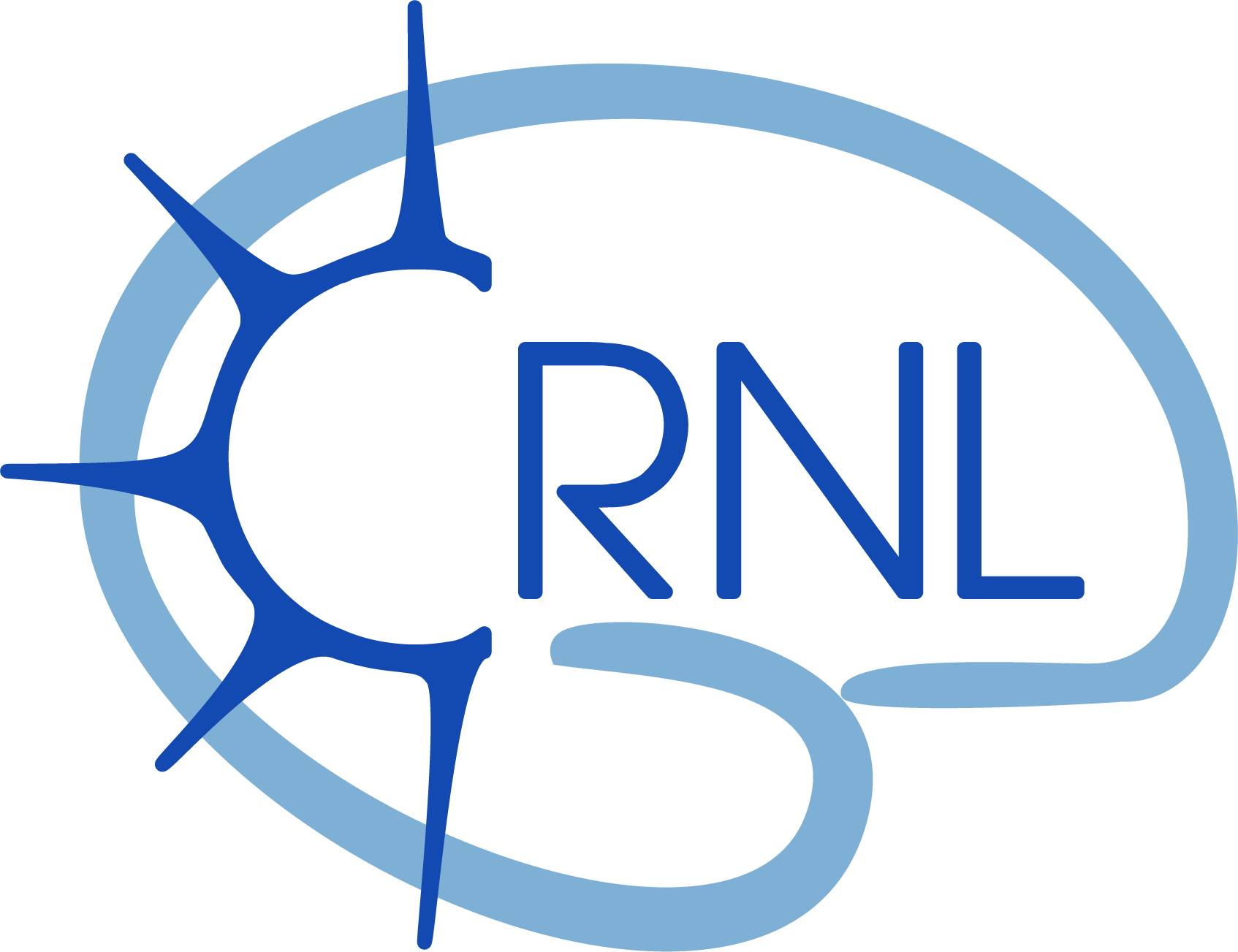GABAergic inhibition shapes behavior and neural dynamics in human visual working memory
Résumé
Abstract Neuronal inhibition, primarily mediated by GABAergic neurotransmission, is crucial for brain development and healthy cognition. Gamma-aminobutyric acid concentration levels in sensory areas have been shown to correlate with hemodynamic and oscillatory neuronal responses. How these measures relate to one another during working memory, a higher-order cognitive process, is still poorly understood. We address this gap by collecting magnetoencephalography, functional magnetic resonance imaging, and Flumazenil positron emission tomography data within the same subject cohort using an n-back working-memory paradigm. By probing the relationship between GABAA receptor distribution, neural oscillations, and Blood Oxygen Level Dependent (BOLD) modulations, we found that GABAA receptor density in higher-order cortical areas predicted the reaction times on the working-memory task and correlated positively with the peak frequency of gamma power modulations and negatively with BOLD amplitude. These findings support and extend theories linking gamma oscillations and hemodynamic responses to gamma-aminobutyric acid neurotransmission and to the excitation-inhibition balance and cognitive performance in humans. Considering the small sample size of the study, future studies should test whether these findings also hold for other, larger cohorts as well as to examine in detail how the GABAergic system and neural fluctuations jointly support working-memory task performance.
| Origine | Fichiers éditeurs autorisés sur une archive ouverte |
|---|
